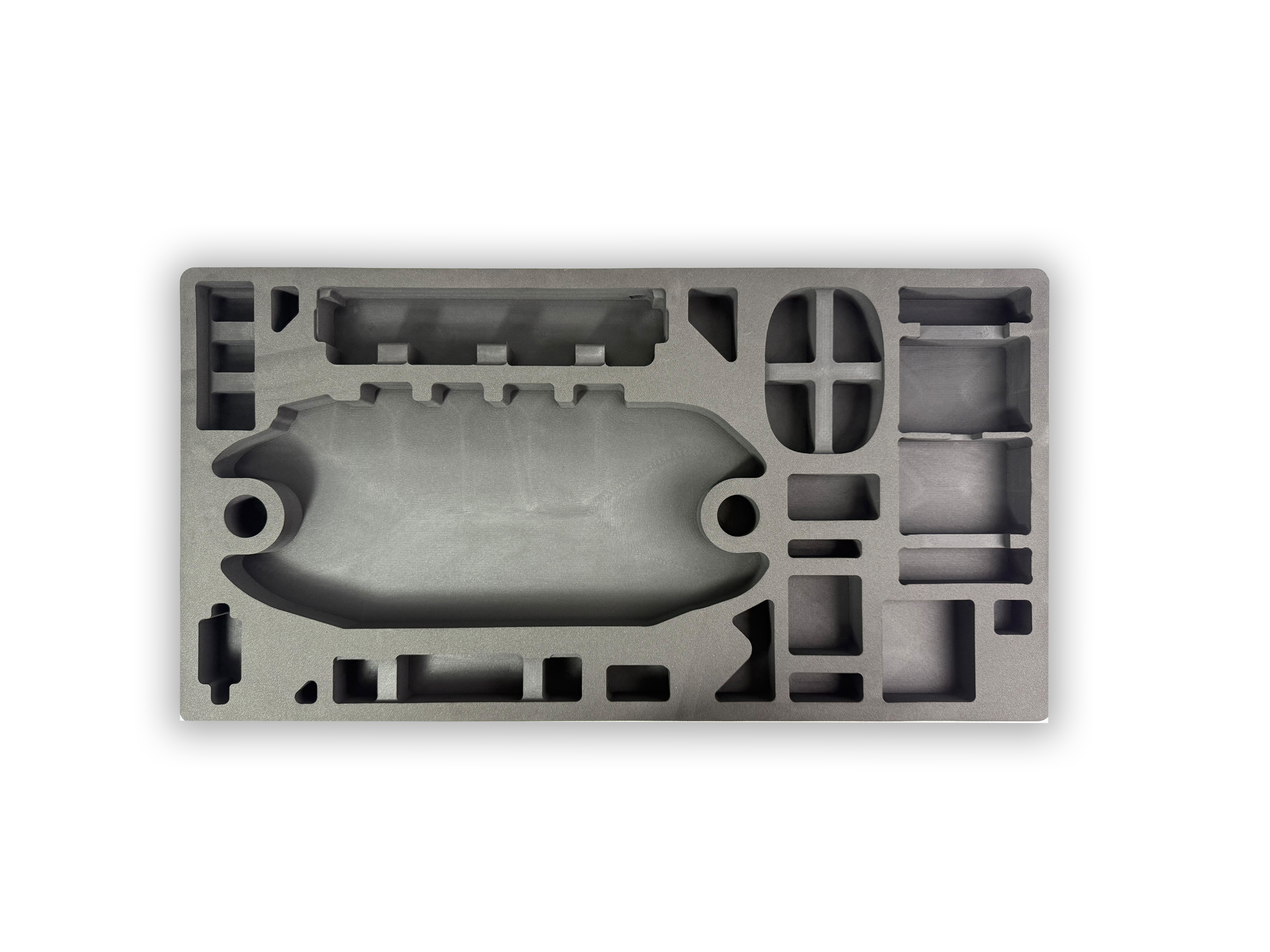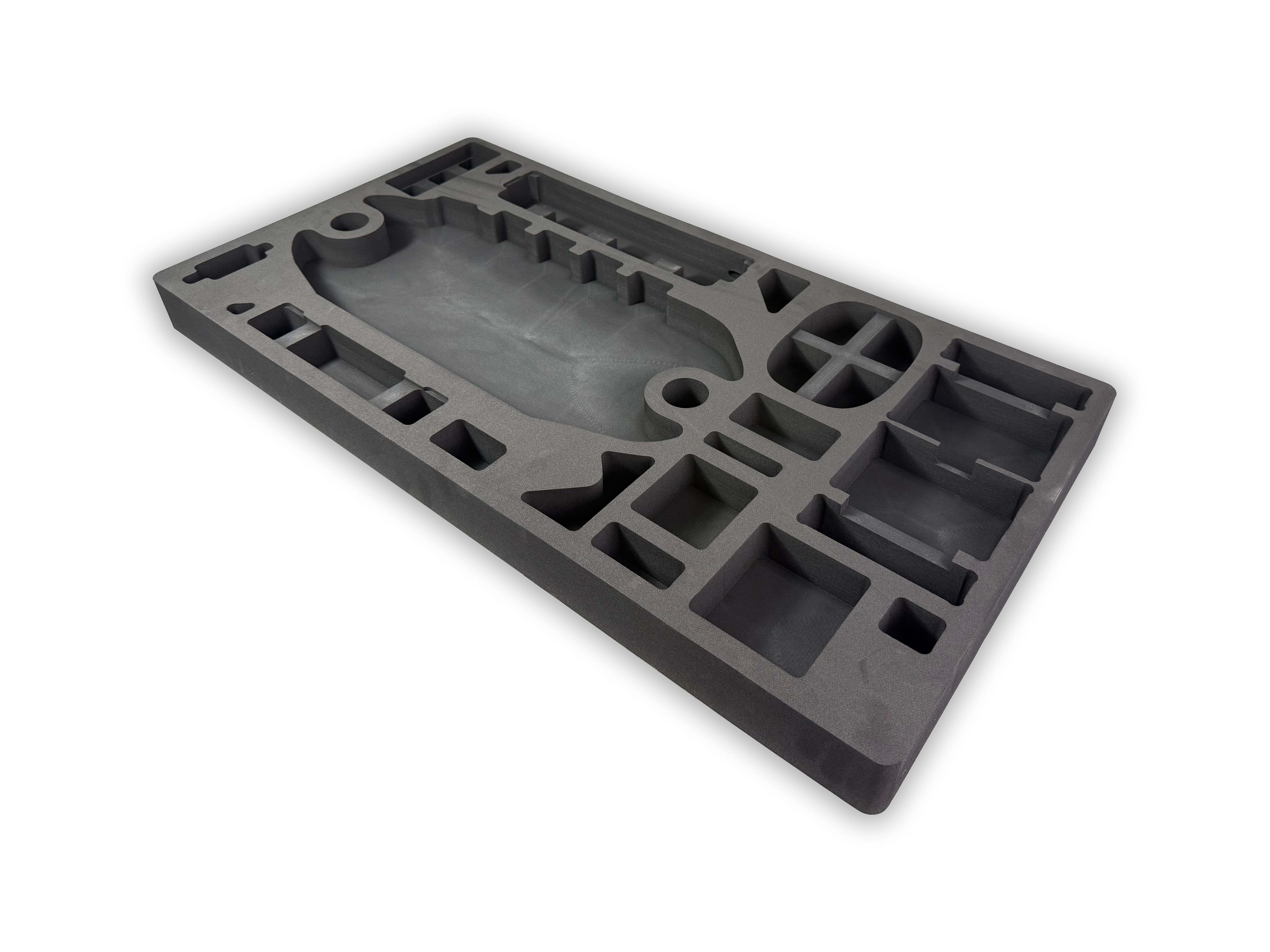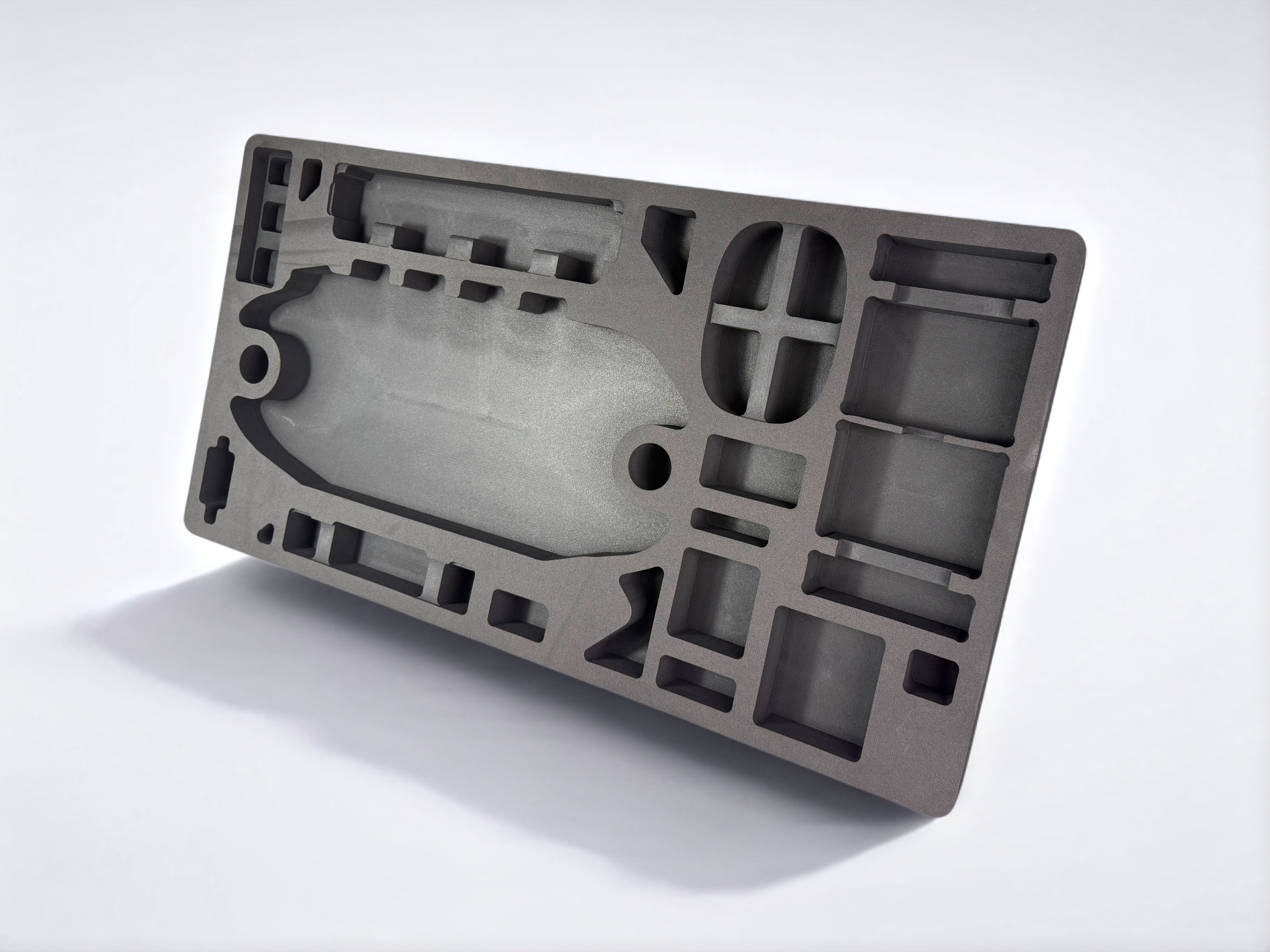Anti-Falling and Shock-Absorption EVA Foam Lining: The Ultimate Protective Solution
2025-07-08
Introduction
In a world where fragile items, electronics, and valuable gear demand robust protection, anti-falling and shock-absorption materials are non-negotiable. Enter EVA foam lining—a versatile, lightweight, and highly effective solution that combines cushioning, durability, and impact resistance. This blog explores how EVA foam lining revolutionizes protection across industries, from packaging to sports equipment.
In a world where fragile items, electronics, and valuable gear demand robust protection, anti-falling and shock-absorption materials are non-negotiable. Enter EVA foam lining—a versatile, lightweight, and highly effective solution that combines cushioning, durability, and impact resistance. This blog explores how EVA foam lining revolutionizes protection across industries, from packaging to sports equipment.
What is EVA Foam?
EVA (Ethylene-Vinyl Acetate) foam is a copolymer material known for its flexibility, softness, and exceptional shock-absorbing properties. Unlike rigid plastics, EVA foam is malleable, lightweight, and resistant to cracking, making it ideal for applications where protection and comfort are paramount. Its closed-cell structure traps air, creating a natural buffer against impacts—perfect for absorbing shocks and preventing damage from falls.

Anti-Fall & Shock-Absorption Mechanism
- Impact Dispersion: EVA foam’s cellular structure compresses upon impact, distributing force evenly across its surface. This reduces stress on fragile items (e.g., camera lenses, glassware) during drops or vibrations.
- Energy Absorption: The foam “softens” blows by converting kinetic energy into heat, minimizing damage to enclosed objects.
- Cushioning Layer: Its plush, yet resilient texture acts as a protective barrier, preventing scratches and dents. Even in high-impact environments (e.g., sports gear, shipping), EVA lining ensures items remain intact.

Applications Across Industries
- Electronics Packaging: Protects smartphones, laptops, and gadgets during transit (e.g., custom EVA inserts in tech cases).
- Sports Equipment: Used in helmets, knee pads, and bike seats for shock absorption during falls or collisions.
- Travel & Storage: Luggage inserts, toolbox liners, and hobbyist cases (e.g., drone accessories) rely on EVA for secure, organized protection.
- DIY Projects: Crafters use EVA foam for cosplay armor, toy padding, or custom storage solutions—combining creativity with practicality.
- Medical Gear: Lightweight, non-toxic EVA lining supports orthopedic braces and protective medical equipment.

Why Choose EVA Foam Lining?
- Lightweight & Durable: Adds minimal weight while withstanding wear and tear (ideal for portable gear).
- Non-Toxic & Safe: Free from harmful chemicals, making it suitable for food-grade packaging or children’s products.
- Customizable: Easily cut, shaped, or molded to fit any item (e.g., precision-cut inserts for tools or jewelry).
- Cost-Effective: Offers premium protection at a fraction of the cost of rigid plastics or memory foams.
- Eco-Friendly: Recyclable and reusable, aligning with sustainable packaging trends.
Comparison with Other Materials
- vs. Polyurethane Foam: EVA is more water-resistant and retains shape better, making it superior for long-term use.
- vs. Rubber: Lighter, more flexible, and less prone to degradation over time.
- vs. Cardboard/Plastic: Provides superior shock absorption and scratch resistance, reducing product damage rates.
Conclusion
Whether you’re shipping delicate electronics, designing sports gear, or organizing a toolbox, EVA foam lining delivers unmatched anti-fall and shock-absorption capabilities. Its versatility, durability, and cost-efficiency make it the go-to choice for anyone prioritizing protection without compromise. Invest in EVA foam lining today—and let your items survive drops, bumps, and daily wear with ease.
